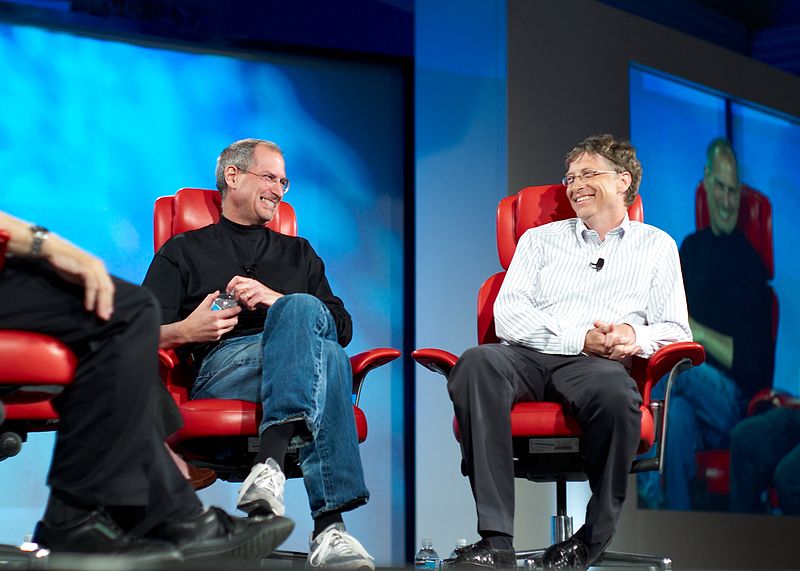Having seen its dominance of the smartphone market eroded by a resurgent Apple and a range of upstart Chinese vendors, Samsung has announced it will launch its Galaxy 6 smartphone on March 1 reports the Sammobile website.
The new phone is reported to boast a curved screen measuring somewhere between 5.1 and 5.3-inches a fingerprint sensor and a 20 mega-pixel camera, which compares well to the iPhone 6’s eight mega-pixel camera.
While the proposed specs are impressive, the company has a challenge ahead as consulting firm IDC reported its smartphone shipments dropped 11% year on year last quarter in an market that grew by quarter.
Top Five Smartphone Vendors, Shipments, Market Share and Year-Over-Year Growth, Q4 2014 Preliminary Data (Units in Millions) source IDC Research
| Vendor |
4Q14 Shipment Volumes |
4Q14 Market Share |
4Q13 Shipment Volumes |
4Q13 Market Share |
Year-Over-Year Change |
| 1. Samsung |
75.1 |
20.01% |
84.4 |
28.83% |
-11.0% |
| 2. Apple |
74.5 |
19.85% |
51.0 |
17.43% |
46.0% |
| 3. *Lenovo |
24.7 |
6.59% |
13.9 |
4.75% |
77.9% |
| 4. Huawei |
23.5 |
6.25% |
16.6 |
5.66% |
41.7% |
| 5. Xiaomi |
16.6 |
4.42% |
5.9 |
2.03% |
178.6% |
| Others |
160.9 |
42.9% |
120.9 |
41.31% |
33.1% |
| Total |
375.2 |
100.0% |
292.7 |
100.0% |
28.2% |
| *Lenovo + Motorola |
24.7 |
6.6% |
19.5 |
6.7% |
26.4% |
While the numbers for the Chinese manufacturers are impressive, Apple’s shipments should also worry Samsung given the two companies are fighting for the top end consumers in the European and North America markets.
For Samsung its smartphones form a central part of its Internet of Things strategy so the success of the Galaxy 6 is critical to the company’s future plans, particularly given the lukewarm reception to the Tizen based Z1 phone on the Indian market last month.
Samsung’s China Crisis
With Samsung struggling with both its high end Android smartphones and its lower priced Tizen devices as Chinese manufacturers like Lenovo, Xiaomi and Huawei steal market share, the company desperately needs to hit the mark with the Galaxy 6.
Google as well has a stake in Samsung’s success as the Chinese manufacturers are increasingly turning to open source versions of Android for their smartphone systems. A flagship device for Android to counter the iPhone 6 is desperately needed to keep consumer and developer interest in the Google Play store and for Google’s consumer IoT ambitions.
The stakes are high for both Google and Samsung, the South Korean giant getting a mis-step with the Galaxy 6 could see it following the faded fortunes of its Japanese competitors.









